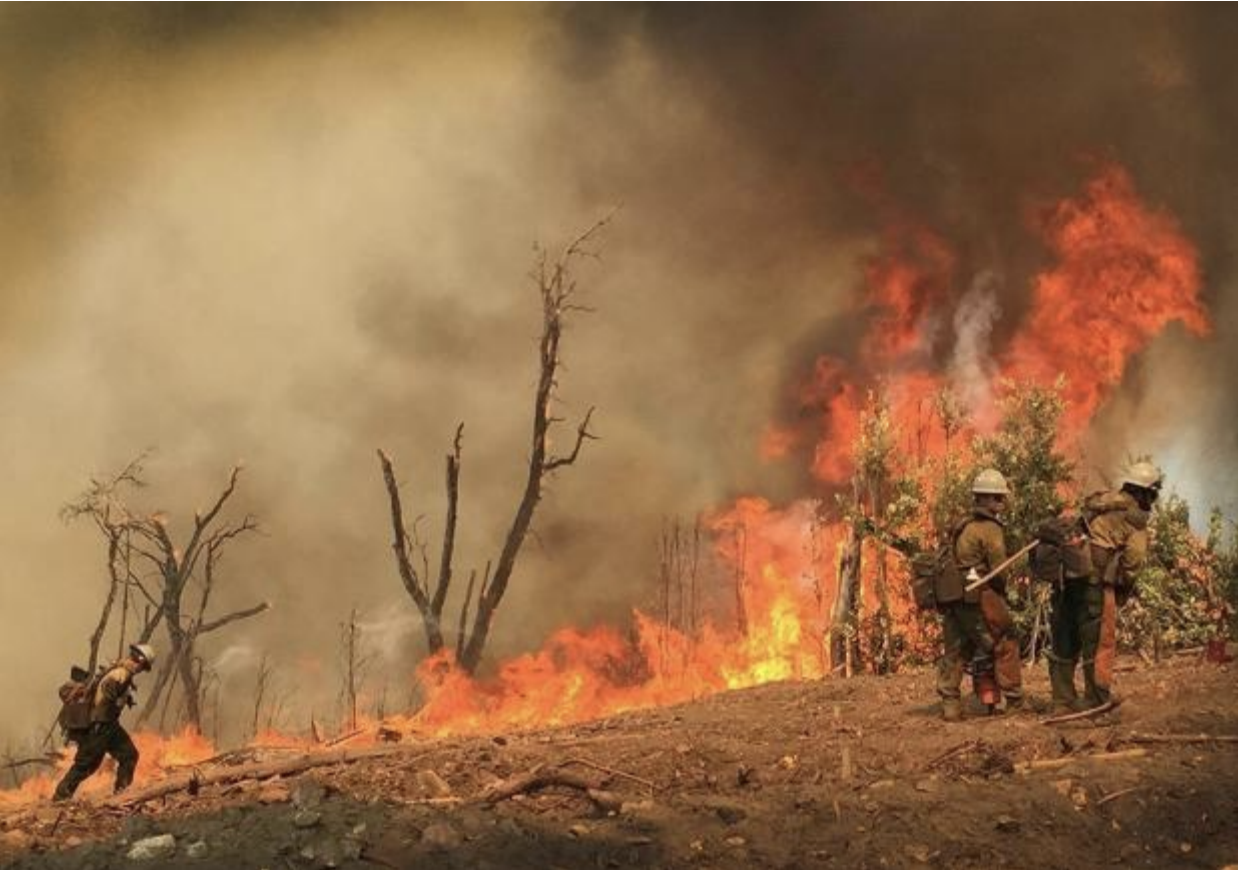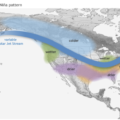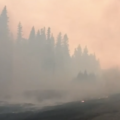In 2016, over 67,000 wildfires were reported across the US. In total, the wildfires destroyed over 4,000 structures. 3,000 of the structures destroyed were residential. As commercial and personal real estate development expands into forests and grasslands, the odds of wildfire related property damage goes up.
You can’t fight back a wildfire that is encroaching on your home or business. However, you can take steps to protect it and evacuate when necessary. Learn how you can help protect your home or business from a wildfire. Keep you and your family safe and know how and when to evacuate.
Before a Wildfire
Secure your property for a wildfire. One of the first steps you can take to defend against a wildfire is limiting the fuel sources around your home or business.
Within 30 Feet From Your Home
- Clear combustible materials such as dried leaves and pine needles.
- Cut down any tree limbs that are 15 feet or closer to the ground. This will help prevent the fire from spreading into your property’s tree line.
- Remove any vines or vegetation that is on the side of your house or business.
- Place any flammable lawn furniture in storage when not in use.
- Opt for non-flammable decor, such as gravel as opposed to wood chips.
Within 100 to 30 Feet From Your Home
- Create “fuel breaks” in your property. Hopefully, these areas will help stop the spread of a fire. These can be gravel pathways or driveways.
- Cut any trees branches that are 8 feet or closer to the ground.
- Clear combustible vegetation.
Within 200 to 100 Feet From Your Home
- Place any stacked firewood or scrap wood.
- Continue to clear combustible vegetation.
- Plant trees far enough apart so their branches do not touch.
Prepare your home or business for a wildfire. If possible, use Class A roofing material. This includes tile, slate, or asphalt. You can also use Class B pressure-treated shingles or shakes. Make sure that you have smoke alarms near every bedroom or office and in each zone of your house or business. Test smoke alarms monthly and change their batteries annually. Also, consider installing fire sprinklers. In some areas, fire sprinklers are mandatory for businesses.
Outside your home, make sure you have enough garden hose available to reach any part of your property. Designate water sources and make sure that the fire department can access them if they need to. Water sources are areas such as swimming pools, ponds, lakes, wells and fire hydrants.
Create an emergency escape plan. Speak to town officials to learn what the evacuation route is for your area. Discuss this evacuation route with everyone in your family and your employees. Ensure family members who live nearby know the route and have means of transportation. Also, stay informed by signing up for emergency text or alert messages from your town. Finally, don’t forget to create an emergency kit.
During a Wildfire
Prepare to evacuate. Listen to emergency channels and know the status of the fire. Put emergency supplies and must-have items in the car so you can evacuate quickly. Evacuate immediately if told to do so. If you have time, there are steps you can take to help protect your property when you evacuate. These steps include:
- Moving furniture to the center of rooms and taking down drapes and curtains to prevent combustion.
- Closing all windows and doors to prevent drafts and reduce heat.
- Shutting off natural gas from its source.
- Turning on all lights in your property so that firefighters can more easily see it through smoke.
Evacuate Safely. Remain calm while evacuating. If you’re driving, roll up your windows and close the air vents. The smoke from the fire can get into your car, irritate your eyes and cause breathing problems. Also, turn your headlights on and keep your doors unlocked. In the event that something happens to you while driving, locked doors can slow your rescue.
After a Wildfire
Return only when it is safe. Do not go back to your property until officials declare it safe to do so. Watch out for ash pits and hot spots. Even after a fire is extinguished, small fires can flare up without warning. Check your house and surrounding property for hot spots and extinguish them immediately. Also, be on the lookout for ash pits. These are holes filled with hot ashes left by burned trees. Mark ash pits to help prevent others from falling into them and injuring themselves.
Document the damage. Take photos and video and make a written list documenting your damaged property. Contact your insurance company immediately to report the damage.
Wildfires are some of the most destructive forces of nature. There isn’t much that can be done to deter a wildfire’s path. Fortunately, there are ways to help mitigate property damage and keep your employees and loved ones safe. By following the information in this article, you can help increase your chances of prevailing through a wildfire.
Wildfire Report
Article








